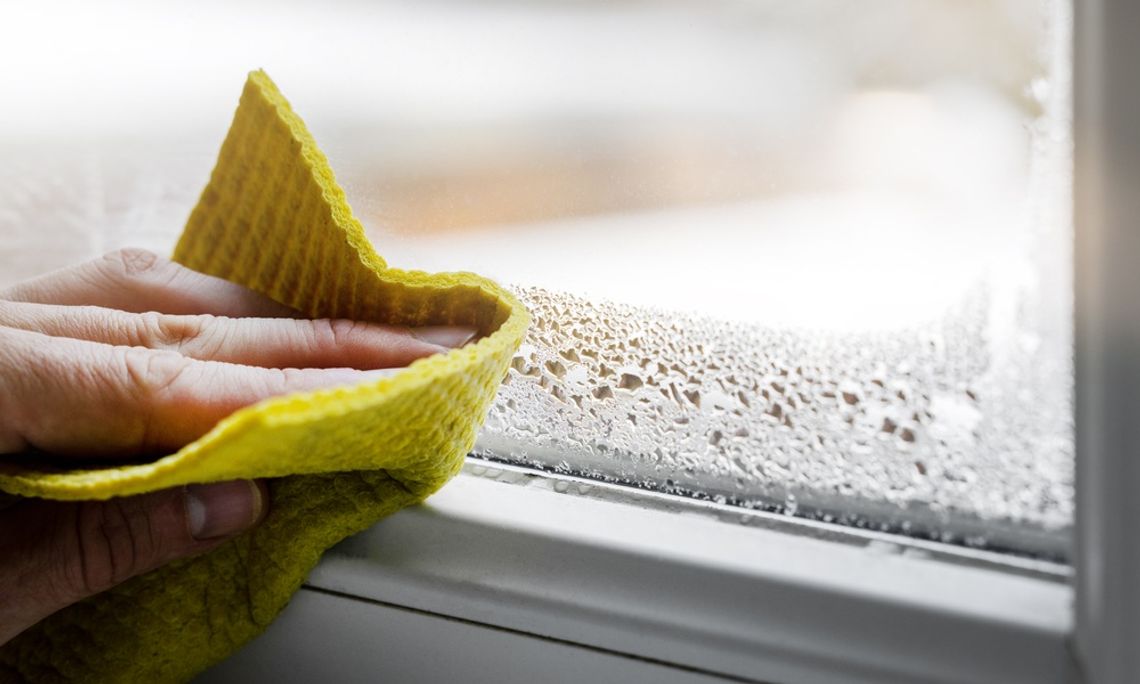Excess moisture in your Pelahatchie home can lead to issues like mold growth and structural problems. Homeowners often address obvious areas, such as basements and roofs, but humidity can also hide in unexpected places.
Addressing the most overlooked areas for moisture control in homes safeguards your property and health. Knowing where to look helps you proactively manage humidity and prevent long-term damage.
1. Around Windows and Doors
Window and door frames are common entry points for moisture. Over time, their seals and caulking may deteriorate, leading to small gaps. Rain can seep through these gaps, wetting both the insulation and the drywall.
Condensation often forms on windowpanes during Mississippi’s humid seasons. This moisture then drips and pools on sills, promoting mold growth. To make sure you’re finding all of the hotspots, consider these tips below:
- Inspect caulking and weatherstripping around all windows and doors twice a year.
- Replace any cracked or peeling seals to maintain a tight barrier against outside moisture.
- Check for drafts around windows and doors to identify areas needing sealing.
- Reapply or seal weatherstripping as necessary to improve energy efficiency.
- Clean existing seals to ensure they adhere properly and function effectively.
- Inspect for signs of water damage or mold around window and door frames.
2. Behind Large Appliances
Areas behind refrigerators, washing machines, and dishwashers often trap moisture due to limited airflow. Leaky hoses, loose connections, or condensation from the appliances themselves can go unnoticed for some time, allowing moisture to accumulate.
Poor air circulation in these tight spaces creates a damp environment where mold can easily thrive. This can potentially lead to health issues and damage to walls, floors, and appliances.
3. Crawl Spaces
Crawl spaces rest directly on the ground, making them particularly susceptible to moisture from the soil beneath. Humid air can enter through vents or small openings, leading to condensation on floor joists, insulation, and walls.
Since many homeowners seldom access their crawl spaces, moisture issues can often go unnoticed for years, leading to wood rot, mold growth, and ultimately compromising the structural integrity of the home.
4. Attic and Roof Vents
Proper attic ventilation is crucial for maintaining good air circulation, helping to release trapped heat and moisture buildup inside. Blocked or incorrectly installed soffit and ridge vents can hinder airflow, diminishing the effectiveness of the ventilation system.
When humid air accumulates in the attic, it can cool and cause moisture to form on the underside of the roof sheathing. If this condensation persists, it may result in problems like wood decay, mold development, and structural harm if left unchecked.
5. Underneath Sinks
The cabinets under the kitchen and bathroom sinks contain a network of plumbing pipes. A slow, minor leak from a P-trap or supply line connection can drip for months before you notice it. By the time you spot water damage on the cabinet floor, the surrounding structure may have already been saturated with moisture.
Addressing the most overlooked areas for moisture control in homes requires regular checks of the spots mentioned above. For major projects, consider options like spray foam to help with moisture control, as it creates an effective barrier in hard-to-reach areas. A few minutes of preventative maintenance can save you from costly repairs and protect your property’s value.


Comment
Comments